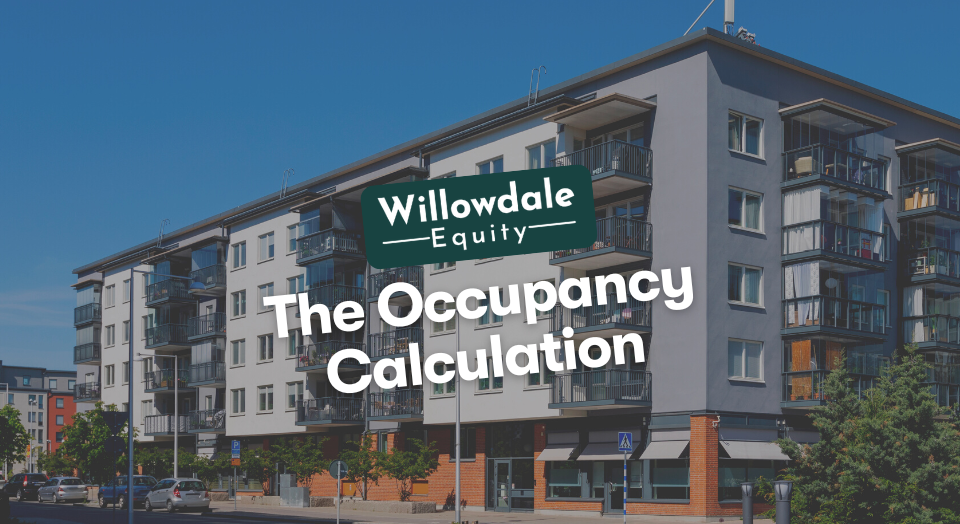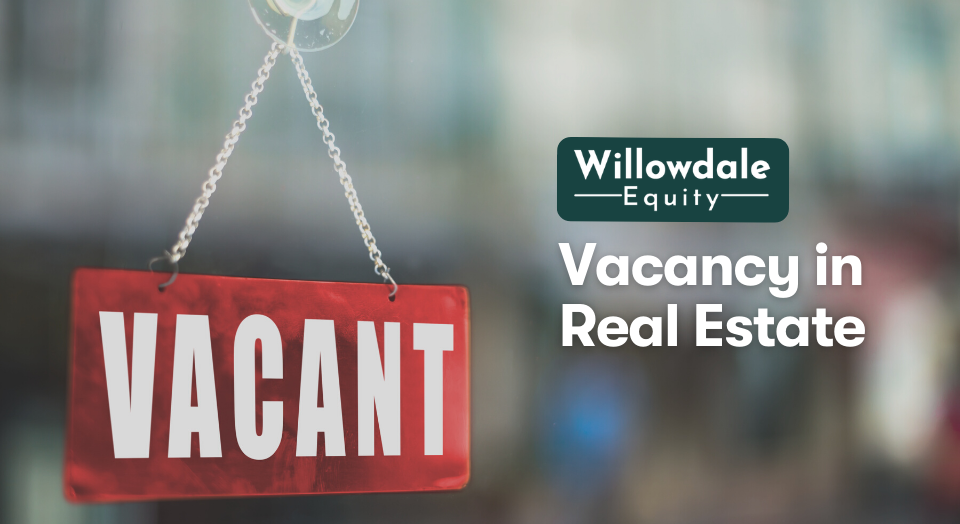
How is Occupancy Calculated in Real Estate?
This article is part of our guide on passive investing in multifamily via syndication, available here.
Occupancy is simply the number of rental units occupied in a given property. Occupancy is relevant in many real estate types, such as single-family rentals, multifamily apartments, retail, senior living facilities, student housing, and office real estate.
In this article, we’ll discuss how occupancy is calculated in real estate and ways to increase your occupancy rate in assets like multifamily real estate.
Key Takeaways
-
A good occupancy rate for a multifamily property would be 90% plus. Most apartments in most U.S. markets can achieve this as apartment units are in high demand due to various factors.
-
Occupancy is very crucial in multifamily real estate because with a low occupancy or without tenants occupying units, there is no cash flow. Still, worse, the property is burning cash at a large deficit.
How is Occupancy Calculated in Real Estate?
Real estate occupancy is a very simple calculation, and many times can be done without a calculator.
The occupancy rate formula is calculated in the following way:
(Total Number of Occupied Units / Total Number of Units)
What is Occupancy Rate with an Example?
Let’s say that we have a 100-unit apartment building and only 78 units are occupied; that would mean that we have a 78% occupancy. This example is relatively simple and doesn’t need a calculator, as the denominator is an even number that people can easily conceptualize.
Now let’s say we have a 223-unit apartment community with 212 units occupied. To determine the occupancy, we would divide 212 units by 223 units, reflecting a 95% occupancy.
Next, let’s look at how we can influence our occupancy rate in a multifamily property.
Ways to Increase Occupancy in Rate in Multifamily
There are many to increase occupancy in a multifamily property; below are some of the ways in which you can achieve that higher occupancy rate:
- Making interior and exterior physical improvements to upgrade the finishes of a unit to market or above market standard
- Strong lead flow and marketing budget
- Strong property management that attends to tenant “work order” requests and focuses on resident satisfaction and retention
- Friendly and competent leasing agent to answer calls and follow up with and qualify prospective tenants
- Quickly make units lease-ready upon new vacancies
- Making rent concessions to attract new prospective tenants
- Asking rents below or at market rent
Let’s now look at what a good occupancy rate would look like for a multifamily property in most U.S. markets.
Good Read: What is the T3 and T12 in Real Estate?
What is a Good Occupancy Rate in Multifamily?
A good occupancy rate for a multifamily property would be 90% plus. Most apartments in most U.S. markets can achieve this as apartment units are in high demand due to various factors. Factors such as high-interest rates which lower home ownership, strong domestic migration, and strong migrant migration, as well as the high cost to build.
Why Occupancy is Important in Multifamily Real Estate
Occupancy is very crucial in multifamily real estate because with a low occupancy or without tenants occupying units, there is no cash flow. Still, worse, the property is burning cash at a large deficit.
Having strong paying tenants and maintaining a 90% plus occupancy is the first thing you need as an operator/landlord. Once you achieve a stable occupancy rate, you can focus on optimizing the property’s operations, but until then, you need cash flow to stop the bleeding.
Related Read: What is Economic Occupancy vs. Physical Occupancy?
Frequently Asked Questions About How is Occupancy Calculated in Real Estate
To calculate the occupancy per square foot, you would need to first calculate how much total square footage the building has. Then you can take the amount of square footage that’s currently occupied and divide that number by the total square footage (occupied SqFt / total SqFt).
The maximum occupancy of a building is 100%. To calculate the maximum occupancy of a building, you need to first know how many units there are. Once you know that information, you can determine how many units can be occupied.
How is Occupancy Calculated in Real Estate - Conclusion
Being able to calculate occupancy quickly is a great way to get a good quick snapshot of the operation of any cash-flowing rental property. You only need two numbers to perform the calculation, the number of units occupied and the total number of units.
As an operator, your number one focus should be driving occupancy and maintaining a consistent 90% plus occupancy to ensure the property is in a positive cash-flowing scenario. If you’re interested in learning more about other real estate investing concepts and terms like how occupancy is calculated, join our FREE 5-Day Passive Real Estate Investing Video Crash Course.
Interested In Learning More About PASSIVE Real Estate Investing In Multifamily Properties?
Get Access to the FREE 5 Day PASSIVE Real Estate Investing Crash Course.
In this video crash course, you’ll learn everything you need to know from A to Z
about passive investing in multifamily real estate.
We’ll cover topics like earned income vs passive income, the tax advantages, why multifamily, inflation, how syndications work, and much much more!




